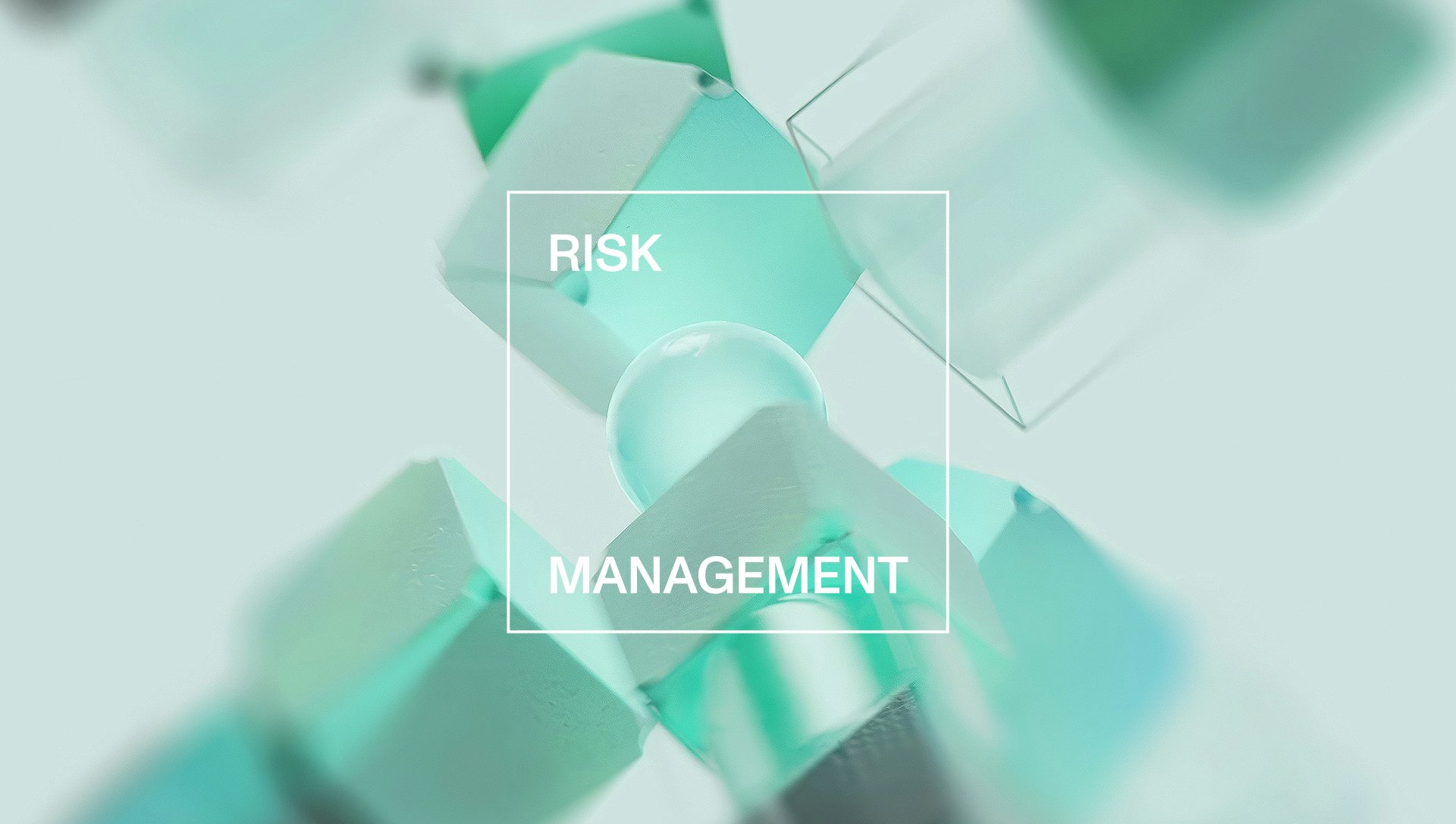The conversation about energy bills has primarily focused on the wholesale commodity price. Businesses meticulously track unit rates and market fluctuations. Yet, a crucial and often hidden truth has emerged: non-commodity charges now constitute the majority of a typical business electricity bill, and they’re steadily rising.
We want to demystify these increasingly dominant costs, explain their underlying drivers, and empower businesses to better understand and strategically manage them.
What's really on your bill?
A business energy bill consists of two main elements. First, commodity costs, representing the wholesale price of the actual electricity or gas consumed. Second are Non-Commodity Costs (NCCs), additional charges, taxes, and levies essential for delivering energy reliably and supporting national objectives.
The balance has shifted dramatically. Historically, the commodity cost was dominant. Now, NCCs represent around 60% of a typical UK electricity bill, a significant increase from 40% a decade ago. This means even if wholesale prices drop, the overall bill can remain high due to these persistent non-commodity elements.
Common NCCs include: Transmission Network Use of System (TNUoS) and Distribution Use of System (DUoS) fees for network usage, Balancing Services Use of System (BSUoS) charges for grid stability, and environmental levies like the Renewables Obligation (RO) and Contracts for Difference (CfD), supporting clean energy. The Climate Change Levy (CCL), an environmental tax, also features. These costs have swelled due to the UK's ambitious decarbonisation goals, necessitating vast investment in new renewable generation, grid modernisation, and complex system balancing.
Where transparency breaks down
The term "pass-through charges" is common. This means your energy supplier charges you these costs directly from network operators or government schemes, without adding significant margin. This contrasts with "fully fixed" contracts where the supplier absorbs the variability.
Several factors contribute to the murkiness of these charges. There's the sheer complexity and number of individual components, each with its own methodology. Crucially, there's a distinct lack of standardisation in how suppliers present these charges on bills. Their dynamic nature also adds confusion; BSUoS, for instance, can vary hourly, while network charges can have significantly higher peak-time rates depending on your energy use.
Network operators, such as National Grid ESO and Distribution Network Operators (DNOs), play a central role. They own and maintain the vast infrastructure transporting energy. Their charges are substantial because maintaining and upgrading this capital-intensive, monopoly infrastructure for reliability and the energy transition requires immense, continuous investment. Environmental levies also contribute. These government-mandated charges support decarbonisation and renewables. Their impact has grown as the UK's Net Zero commitment drives significant investment in these areas, with new levies continually introduced.
Beyond the bottom line
The increasing significance and lack of transparency around non-commodity costs profoundly impact businesses. Budgeting becomes a significant challenge, with a large, variable portion of the bill making accurate financial forecasting difficult. This can lead to unexpected overruns.
Beyond the immediate financial impact, these complex charges can inadvertently disincentivise strategic energy decisions. Calculating a clear return on investment for energy efficiency projects becomes harder if a significant portion of your bill fluctuates unpredictably. Similarly, the business case for investing in on-site renewables can be less clear if the impact on complex non-commodity charges isn't fully understood. This opacity can lead to inactivity, hindering valuable investment. Ultimately, the current structure generally disempowers businesses, as they pay for a system they don't fully understand, with limited levers to pull.
Regaining control
Achieving greater transparency and control requires a multi-faceted approach. We need standardised billing where each non-commodity component is clearly itemised, its unit rate stated, and its calculation explained. This should be supported by educational resources from suppliers and regulators, and robust forecasting tools allowing businesses to predict costs based on usage.
There is a strong argument for greater regulatory scrutiny and standardisation around how these charges are calculated and presented. The benefits of this would be immense: enhanced transparency, improved budgeting, more informed decision-making for energy efficiency and renewables, and ultimately, a more empowered business sector. While implementation would be complex, the long-term advantages for the UK business energy market far outweigh the challenges.
For energy procurement professionals seeking a better handle on the non-commodity portion of their energy bill, the advice is to be proactive and inquisitive. Demand a full, itemised breakdown of all charges. Understand how your specific consumption patterns, particularly peak demand, affect variable charges. Inquire about future projections for these costs and explore any potential eligibility for industry-specific exemptions. Most importantly, leverage available data and technology to truly understand and manage your exposure.
Mastering your energy strategy
Understanding and actively managing non-commodity charges is no longer optional for businesses. As these "invisible" costs continue to grow and evolve, gaining control over this critical component of your energy spend is paramount. It represents a vital step towards ensuring financial stability, driving true progress on decarbonisation, and transforming what can be a source of frustration into a powerful lever for strategic advantage and future resilience.
See how Hedged can help
At Hedged, we believe in a new way of doing things. Our platform provides the transparency and control needed to make sense of your energy bill.
Sign up for a free demo and see how much you could be saving if you were on one of our subscription plans.





